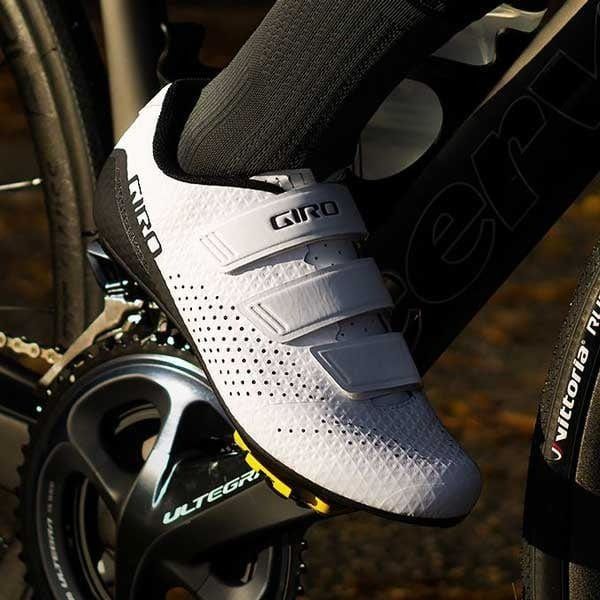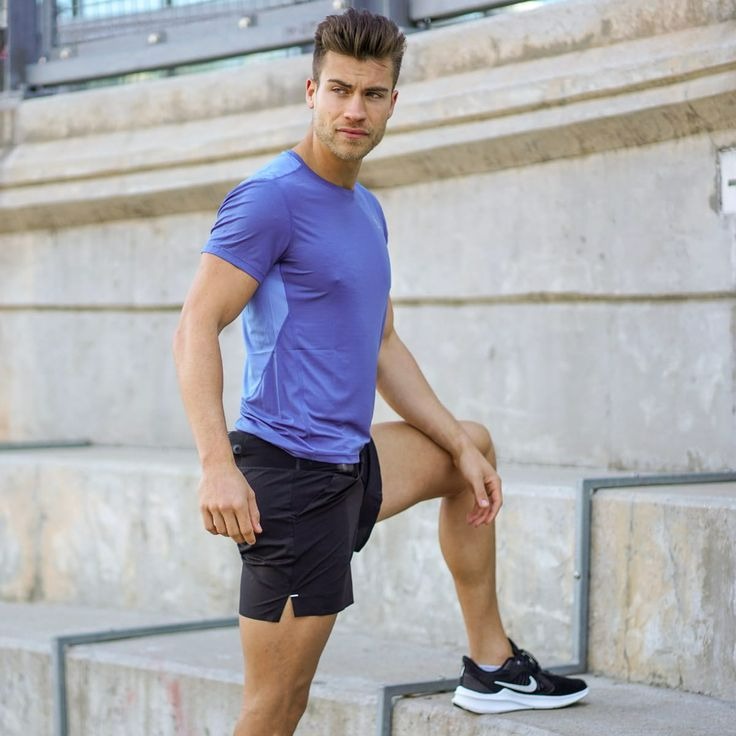The Basics of Cycling Muscle Engagement
Understanding what muscles does cycling work is key to enhancing your workouts. Cycling engages various muscle groups in different ways. As you pedal, you activate muscles in a dynamic and coordinated manner. This ranges from providing stability to generating power and propulsion.
First, the core muscles act as your body’s stabilizers. They keep you balanced and transfer power to the pedals. Strong core muscles are essential for effective cycling. They reduce the strain on the lower body by evenly distributing energy.
Next, your lower body muscles do the heavy lifting. This includes the quadriceps, hamstrings, and calves. They work together, contracting and relaxing in a rhythmic cycle to move the pedals. The quadriceps drive the downstroke, while the hamstrings support the upstroke. The calves also contribute by facilitating the push-off. These muscles are the primary movers in cycling.
The gluteal muscles are another crucial group. They provide significant force during pedaling, especially on uphill rides. Strengthening these muscles can lead to more power behind each pedal stroke.
While the lower body gets a workout, the upper body muscles also play a role. Your arms and shoulders ensure stability as you grip the handlebars. They also absorb shock from the road. The back muscles help maintain an upright posture. This reduces fatigue and improves respiratory efficiency.
Thus, cycling is an all-encompassing workout engaging muscles throughout the body. Awareness of these roles not only informs your training but can improve your comfort and performance on the bike.
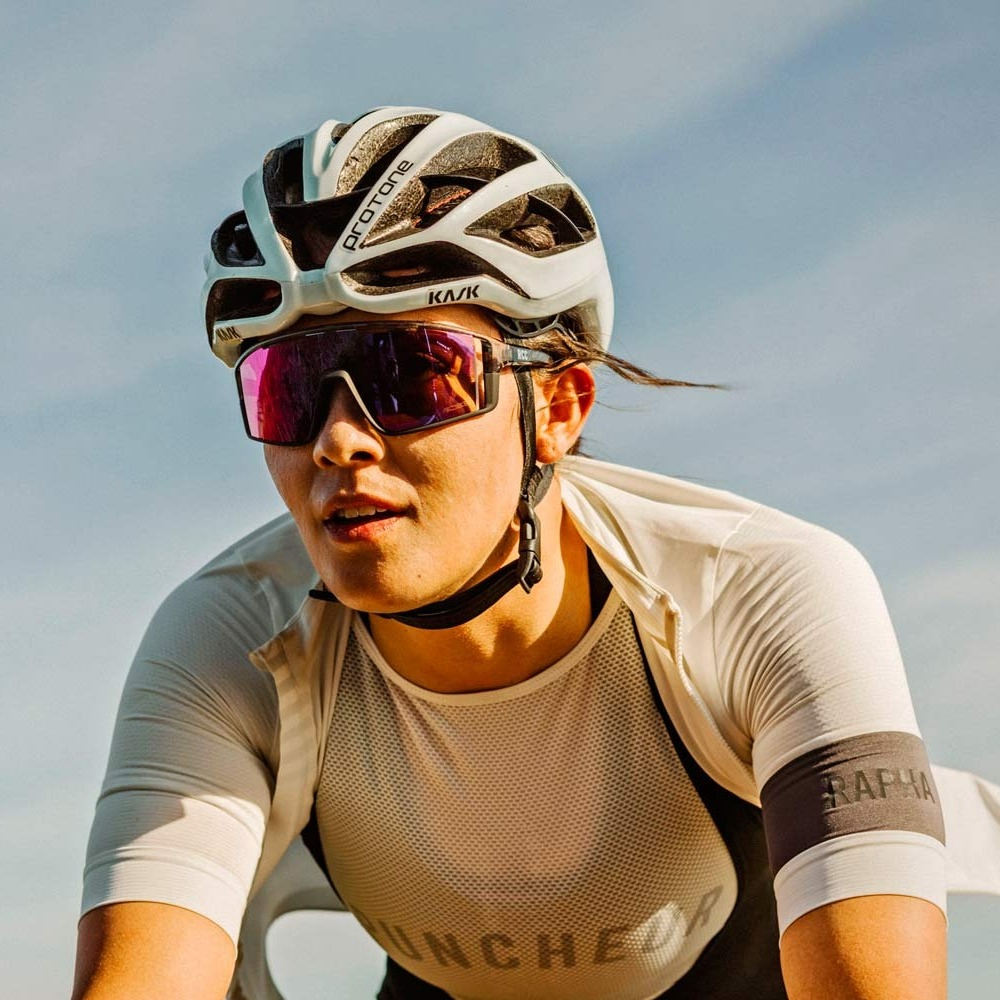
Core Muscles: Stability and Power
The core muscles are central to what muscles does cycling work. They serve two key roles: ensuring stability and providing power. Think of your core as the command center. It holds everything together while you cycle.
A strong core balances your body. It lets you transfer energy during biking. This gives your legs the power they need to pedal. With a better core, you avoid unnecessary work for your legs. This means less fatigue and more endurance.
When you cycle, your core tightens and relaxes. This cycle repeats with each pedal stroke. It lets you keep a stable and efficient position. A good position helps you breathe better and cycle longer.
To build a strong core, focus on exercises like planks and crunches. These target the abs and back muscles. They make your core solid. With solid core muscles, you get better control and force when you cycle.
Remember, a powerful core leads to a strong ride. For cyclists, core strength equals better stability and more power on the pedals. Train your core muscles. They are key to boosting your cycling performance.
Lower Body Dynamics: The Primary Movers in Cycling
When understanding what muscles does cycling work, we look to the lower body as the primary movers. The quadriceps, hamstrings, and calves play a crucial role in cycling dynamics. These muscle groups work in harmony to make your cycling efficient and powerful.
Quadriceps: Your Cycling Powerhouses
Your quadriceps are the main driving force on every downstroke. They are the large muscles at the front of your thighs. As you push down on the pedals, your quads work hard. They generate the bulk of the power needed to keep the bike moving.
Exercises like squats and lunges can strengthen your quads. Strong quads mean better performance and speed on your bike. Aim for workouts that target these muscles for more cycling power.
Hamstrings: Balancing the Pedaling Force
Opposite the quadriceps, your hamstrings assist in the upstroke. They are located at the back of your thighs. Your hamstrings ensure a smooth transition from the downstroke to the upstroke. They work to balance out the force exerted by the quads.
Strengthening your hamstrings can enhance your cycling efficiency. Deadlifts and leg curls are good exercises for this muscle group. Strong hamstrings contribute to a more balanced ride and less injury risk.
Calves: From Pedal Stroke to Push-Off
Your calves are involved during the push-off phase of the cycling stroke. They help you complete the pedal rotation. Strong calves aid in propelling the bicycle forward with each stroke.
To strengthen your calves, try exercises like calf raises. Improved calf muscles can improve your pedaling action. Aim for a balanced workout to ensure both strength and mobility in the calves.
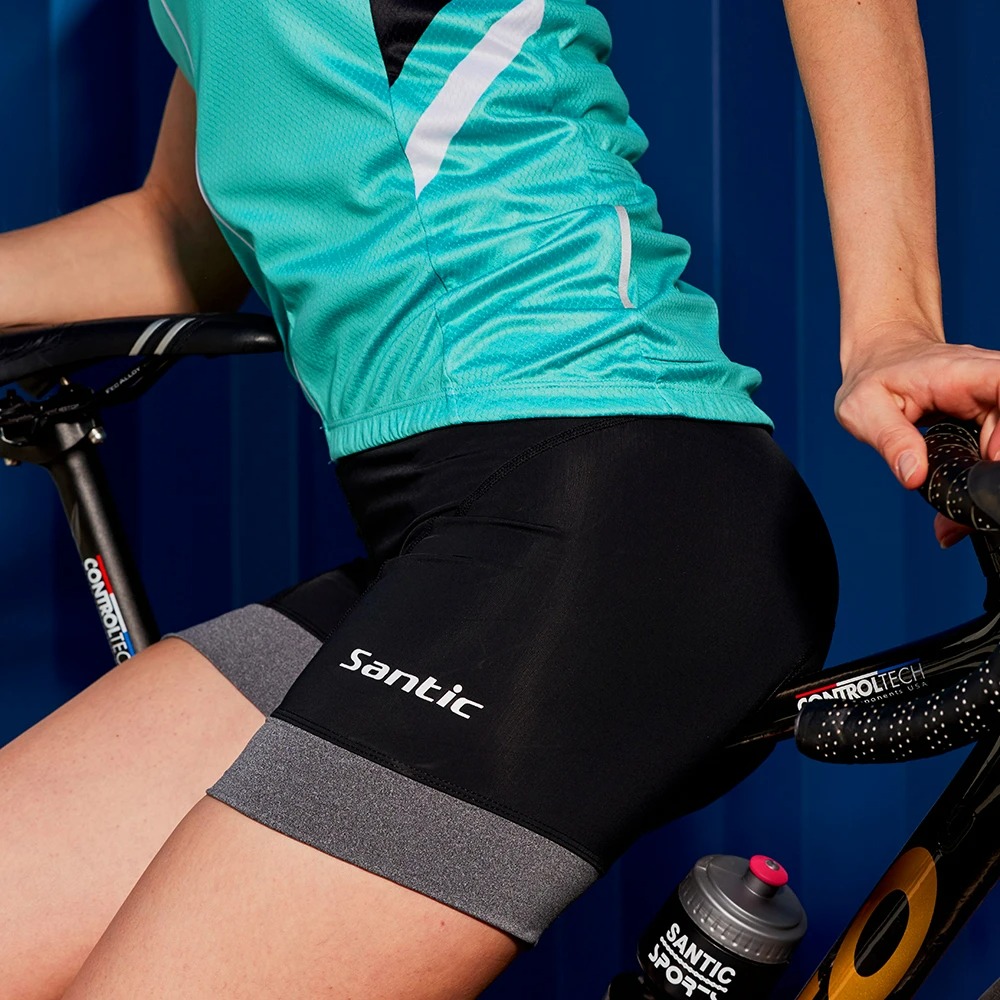
Gluteal Muscles: The Driving Force Behind the Pedal
When exploring what muscles does cycling work, we can’t overlook the gluteal muscles. These muscles power your pedaling, especially when climbing hills. They comprise three main parts: the gluteus maximus, medius, and minimus.
The gluteus maximus is the biggest muscle in the group. It works hard when you push down on the pedals. Strong glutes help you cycle with more power and speed. To boost your gluteal strength, focus on exercises like bridges and squats.
The gluteus medius and minimus balance your hip movement. They stabilize your pelvis as you ride. For stronger medius and minimus muscles, try side leg lifts and hip thrusts.
Overall, the gluteal muscles offer crucial support to your cycling. They ensure you have the strength needed to pedal efficiently. This results in less fatigue and better performance. Aim to include gluteal exercises in your cycling workouts for optimal strength and power.
The Upper Body’s Role in Cycling
While understanding what muscles does cycling work, it’s important not to neglect the upper body. Your arms and shoulders provide vital support as you grasp the handlebars. They also help absorb vibrations and bumps from the terrain. Above the waist, muscles contribute to control and stability during your rides.
Arms and Shoulders: Supporting Your Ride
Your arms and shoulders are key to a comfortable cycling experience. They bear weight and help you steer. During a ride, these muscles work to keep a firm grip on the handlebars. This ensures you maintain control of your bike. Regular arm and shoulder workouts can improve your riding support system. Suitable exercises include push-ups and shoulder presses.
The Back Muscles: Maintaining Posture and Balance
A strong back is crucial for maintaining posture and balance on your bike. The muscles along your spine help you stay upright. They prevent slouching and allows for deeper breathing. This in turn improves endurance. Good posture also reduces strain on other muscles. For a stronger back, incorporate exercises like rows and pull-ups into your routine. These target the upper and lower back, building the support you need for long rides.
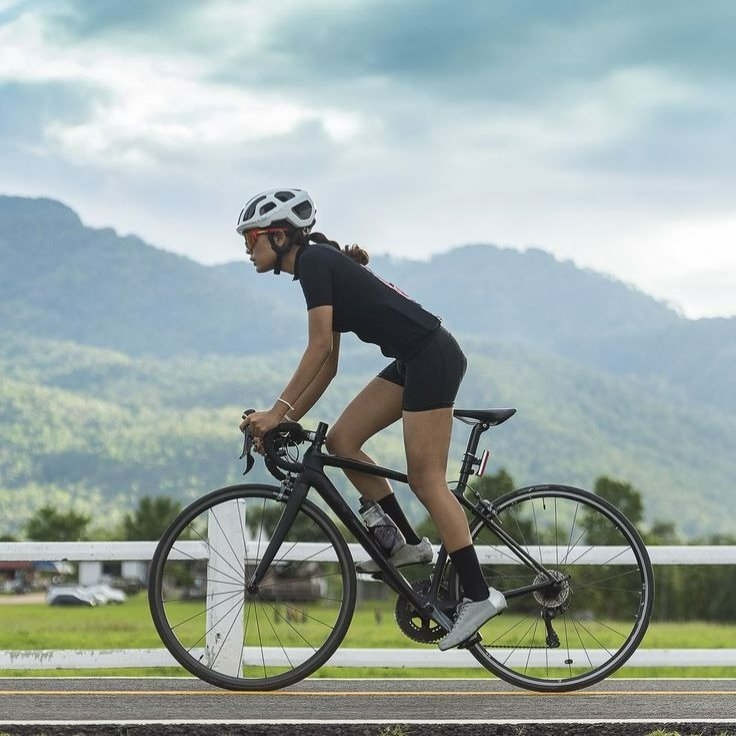
Muscular Endurance vs. Strength in Cycling
When discussing what muscles does cycling work, it’s essential to distinguish between muscular endurance and strength. These two elements are vital for cyclists, but they serve different purposes in your training regime.
Understanding Muscular Endurance in Cycling
Muscular endurance refers to the ability of your muscles to sustain repeated contractions over time. In cycling, this means being able to pedal for long distances without fatigue. To boost this endurance, cyclists often engage in longer rides at a moderate pace. Activities that increase endurance include interval training and hill repeats. These practices help your muscles adapt to long periods of work, essential for endurance races or tours.
The Importance of Muscular Strength
On the other hand, muscular strength is the raw power your muscles exert in a single effort. Strength is crucial when you need to sprint or climb steep inclines. It determines how hard you can push the pedals in a burst of energy. Weightlifting and plyometric exercises can build the strength needed for these demanding tasks. Strong muscles let you tackle challenging segments of your rides with greater ease.
Both endurance and strength are critical in cycling, and focusing on one should not come at the expense of the other. A balanced workout plan that includes elements to improve both will lead to a well-rounded cycling performance. By understanding and working on what muscles does cycling work, you ensure that your training is holistic and effective, covering all aspects of the sport.
Optimizing Muscle Workouts for Cyclists
To fully benefit from cycling, you must optimize your muscle workout routine. Here’s how to ensure your training effectively targets the muscles crucial for cycling.
Define Your Cycling Goals
Set clear goals. Are you aiming for endurance or strength? Your goal will shape your workout plan. Decide early to focus your training right.
Create a Balanced Workout Plan
Incorporate both strength and endurance exercises. Mix up your workouts to avoid muscle fatigue. A mix of long rides and targeted weight training works best.
Prioritize Key Muscle Groups
Focus on the quadriceps, hamstrings, and gluteal muscles. These power your pedaling. Don’t ignore your core, arms, and back. They provide stability and control.
Gradually Increase Intensity
Start with less challenging workouts. Build up the intensity over time. This approach prevents injury and encourages steady progress.
Incorporate Recovery Time
Adequate rest is vital. It allows muscles to rebuild and strengthen. Schedule rest days to achieve optimal performance.
Consistency is Key
Train regularly. Stick to your workout schedule. Frequent training leads to improved muscle performance.
By concentrating on these aspects, you ensure that your workouts address what muscles does cycling work effectively. Aim for progression in every session, and you’ll see significant improvement in your cycling performance.
